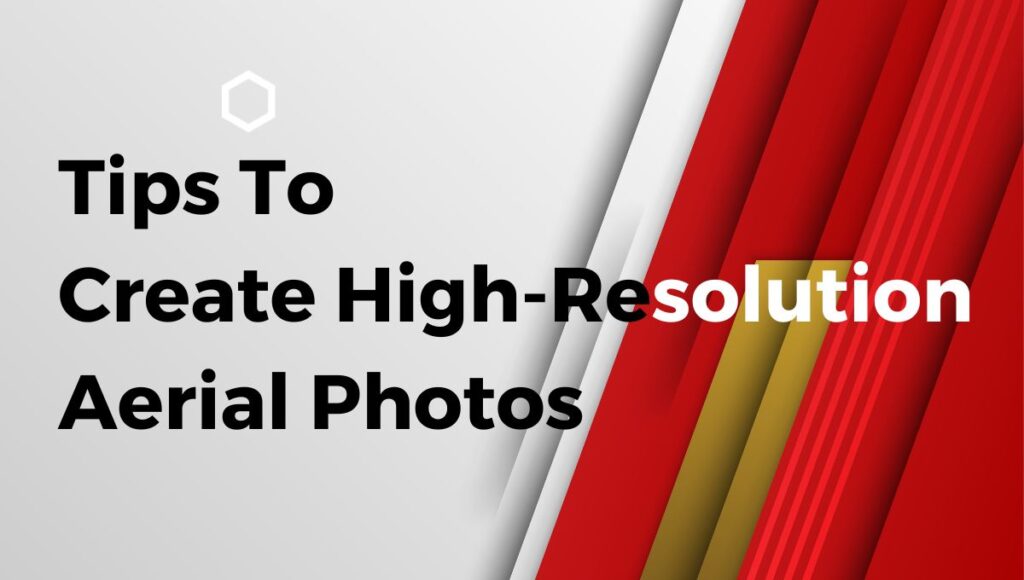If you’re in the business of aerial photography, then you know that resolution is essential. After all, you’re trying to capture images of objects from a distance, so you need to be able to see details clearly. There are some different ways to get high-resolution photos from an oblique camera, and in this blog post, we’ll share 7 tips to help you get the best results. From choosing the right camera to setting up your shot, follow these tips, and you’ll be sure to get the clear, detailed photos you need.
Let’s Explain What an Oblique Camera Is
An oblique camera is a type of camera mounted on an aircraft or another vehicle and that can take photographs at an angle to the ground rather than directly from above. This kind of camera is often used for aerial photography, allowing a more detailed view of the ground below.
There are two main types of oblique cameras: those that use a fixed lens and those that use a rotating lens. Fixed-lens oblique cameras are typically used for lower-resolution photography, while rotating-lens cameras can take higher-resolution photos.
Oblique cameras can be used for various purposes, including mapping and surveying, inspection cameras for infrastructure (such as bridges and roads), and even security applications.
The Benefits of an Oblique Camera
An oblique camera is a type of camera mounted on an aircraft or vehicle and allows the user to take photographs at an angle. This kind of camera is often used for aerial photography, as it will enable the photographer to capture images from a different perspective than what is possible with a traditional camera.
There are many benefits to using an oblique camera for inspection, as this type of camera can provide a more comprehensive view of an area than a traditional camera. Oblique cameras can be used to inspect hard-to-reach areas, such as the roof of a building or the side of a mountain. Additionally, oblique cameras can inspect large areas, such as power lines or pipelines.
One of the main advantages of using an oblique camera for inspection is that it allows the user to see more detail than possible with a traditional camera. By photographing an area at an angle, the photographer can capture images that show more surface area than possible with a straight-on shot. This increased surface area can be helpful when trying to identify problems or defects in an object or structure.

The 7 Tips to get high-definition and high-quality aerial photos:
Use a tripod-mounted oblique camera
If you want to capture high-resolution aerial photos using an oblique camera, one of the best tips is to use a tripod-mounted oblique camera. This will help ensure that your camera is stable and will not move around while taking photos. It is also important to check to make sure that the tripod is level, so the photos are clear. Another tip for taking high-resolution aerial photos is to use a higher shutter speed. This will help to freeze any movement and will result in clearer photos.
Use a remote shutter release
When using an oblique camera for inspection, it is essential to use a remote shutter release to avoid shaking. Shake can lead to blurriness and decreased resolution in your photos. A remote shutter release grants you the ability to take pictures without physically touching the camera, eliminating the risk of shaking.
Set the aperture to a high number
If you want to capture high-resolution aerial photos using an oblique camera, the aperture is one of the most essential settings to adjust. By setting the aperture to a high number, you will be able to let in more light and thus produce sharper, more detailed images. This is especially important when photographing large structures or landscapes from a distance.
Use a fast shutter speed
If you want to create high-resolution aerial photos using an oblique camera, one of the things that you need to do is use a fast shutter speed. Rule of thumb that is good to use a shutter speed of at least 1/1000th of a second. This will help to freeze any movement in the scene and give you a clear image.
Use image stabilization
When it comes to aerial photography, image stabilization is critical. This is one of the most crucial tips for creating high-resolution aerial photos. Using an oblique camera for inspection can create high-quality photos, but only if the camera is stabilized correctly. Be sure to use a gyrostabilized mount or image stabilization to keep your camera still during flight.
Use manual focus
One of the best tips is to use manual focus if you’re looking to take high-resolution aerial photos using an oblique camera. This allows you to have full control over your camera’s focus, ensuring that your photos are always in sharp focus.
To use manual focus, simply set your camera to manual mode and turn the focus ring on the lens until the image is clear. Once you’ve found the sweet spot, take your photo!
Set the ISO to a low number
If you want to create high-resolution aerial photos using an oblique camera, you first need to set the ISO to a low number. By doing this, you can capture more detail in your photos. Setting the ISO to a low number will also help reduce the amount of noise in your photos.
Conclusion
Whether you’re looking to create high-resolution aerial photos for inspection purposes or take your photography game to new heights, an oblique camera can be a great tool. You can get some truly stunning shots with the right tips and tricks. We hope that our 7 tips have helped you figure out how to make the most of your oblique camera and get some amazing pictures.